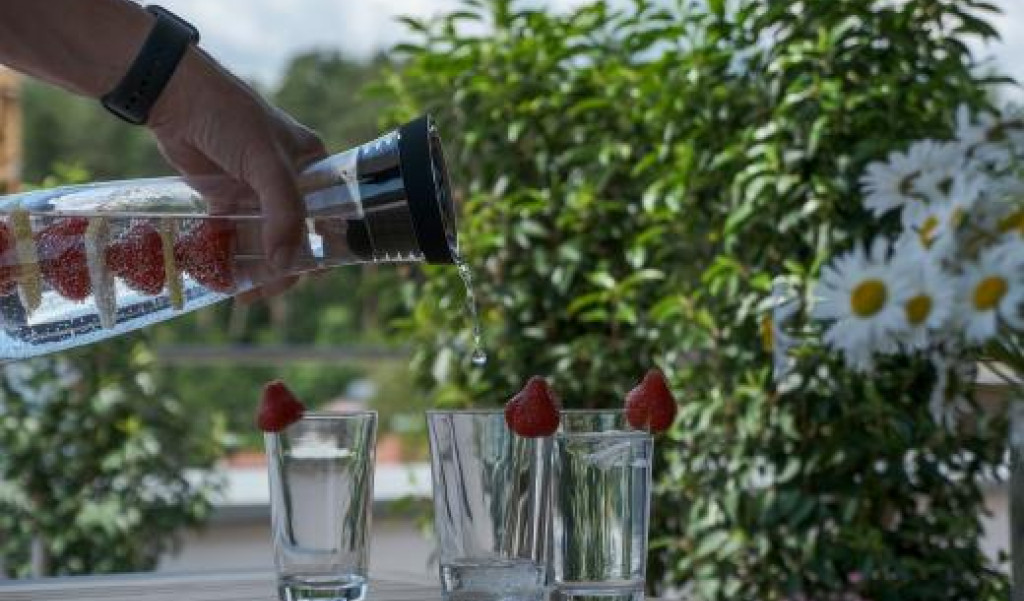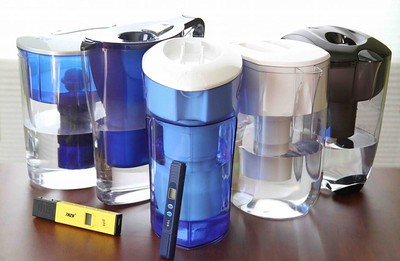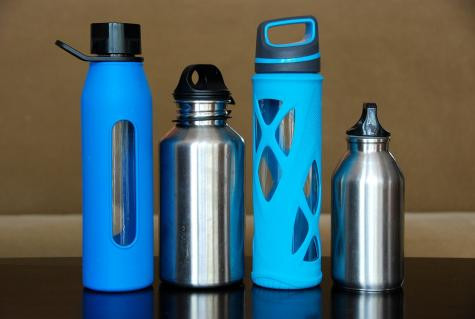In the first part of this blog post, we touched on where bottled water is sourced from, which entities regulate bottled water, and how to read the bottle label for more information.

In the first part of this blog post, we touched on where bottled water is sourced from, which entities regulate bottled water, and how to read the bottle label for more information.

Part two aims to teach you about what else you can find in bottled water, as well as helpful eco-alternatives to be more conservative with both water and waste.

Aside from added flavors and nutrients–such as vitamins, electrolytes like sodium and potassium, and amino acids—in your preferred bottled water, there could very well be other elements you should be aware of before drinking.
For many people, taste and water quality are major factors in their bottled water purchasing decision. As a general rule, taste and water quality are determined by the type of process used to disinfect it.
Chlorine, chloramine, ozone, and ultraviolet light are all common methods used to kill disease-causing germs in tap water sources. Disinfectants like chlorine and chloramine are effective and inexpensive, and continue to disinfect as water travels through pipes to homes and businesses. Most non-tap water sources used for bottled water are disinfected using ozone or other technologies, such as ultraviolet light or chlorine dioxide. Though it is more expensive than chlorine, ozone is the preferred method of disinfection for bottlers because it does not leave a taste, and bottlers don’t need to worry about maintaining disinfectant in containers. Untreated water, whether from a bottle or from a tap, will have the characteristic taste of its source.
Coincidently, most bottled water comes from a ground water source with its own characteristics, where water quality varies daily or is treated and bottled immediately. While bottled water may have a reliable taste compared to tap water, it could still contain contaminants.
The presence of contaminants in water does not necessarily indicate that it poses a health risk, just be aware that no water is guaranteed to be completely free of them. If you’re concerned about contaminants in your drinking water, consider the following questions: Is the source water likely to contain the contaminant? Has the water been treated to remove the contaminant?

Water we to do with bottled water? We don’t have to eliminate it completely, but we should take steps to improve the quality of our local water and reduce our overall waste.
Here are some tips and solutions that will help you dive in:
If you have specific questions about bottled water, take a look at the TCEQ website, the EPA website, or the FDA website for more information. We also recommend checking out the TCOT website and publications webpage for specific actions and resources to help you better take care of Texas!